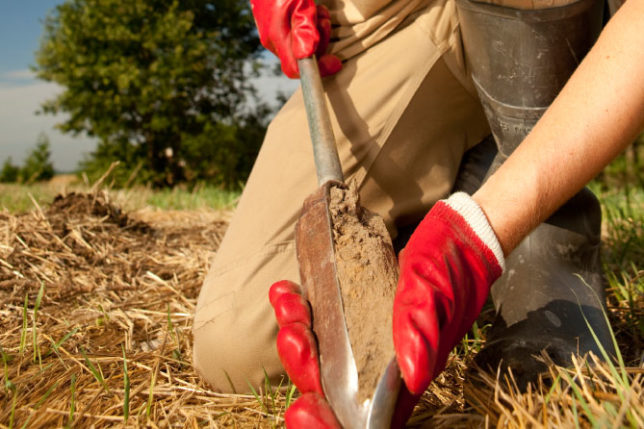That may be a worn-out phrase, but it has taken on new meaning in the past few years as commodity and fertilizer prices have fluctuated wildly.
It’s that time of the year again, as we have concluded one crop year it’s already time to start preparation for the next.
Soil testing plays an important role in crop production and nutrient management. It is the best way to plan for profitable fertilizer applications. Knowing how much nutrient is present in the soil to start with is critical. Only then can a nutrient management plan be developed to properly manage both the nutrients that are in the soil and the nutrients that are being introduced as commercial fertilizer.
Soil testing is really a three-step process:
- The collection of a representative sample from each field or section
- Proper analysis of that sample to determine the levels of available nutrients
- Use of the results to determine optimum fertilizer rates
Soil sampling has always been an important management tool to help producers determine nutrient status and need. The basic principles of what constitutes a good soil sample have not changed, but the economic importance is even greater today in terms of using it as a risk management tool to maintain your soil’s productivity while still making a profit.
The goal of soil testing is to provide an accurate assessment of the soil’s fertility status that can be used to make fertilizer recommendations. Soil analysis is a valuable tool for your farm as it determines the inputs required for efficient and economic production. A proper soil test will help ensure the application of enough fertilizer to meet the requirements of the crop while taking advantage of the nutrients already present in the soil.
The best time of year to soil sample is in the fall after the crop is removed, especially after mid-September when the soil temperatures have cooled to around 10 degrees Celsius or lower.
Please contact us to make sure you don’t miss out this fall on your soil testing and crop nutrition strategy.







Leave A Comment